Home>Home Appliances>Home Automation Appliances>What Are The Buttons On Alexa
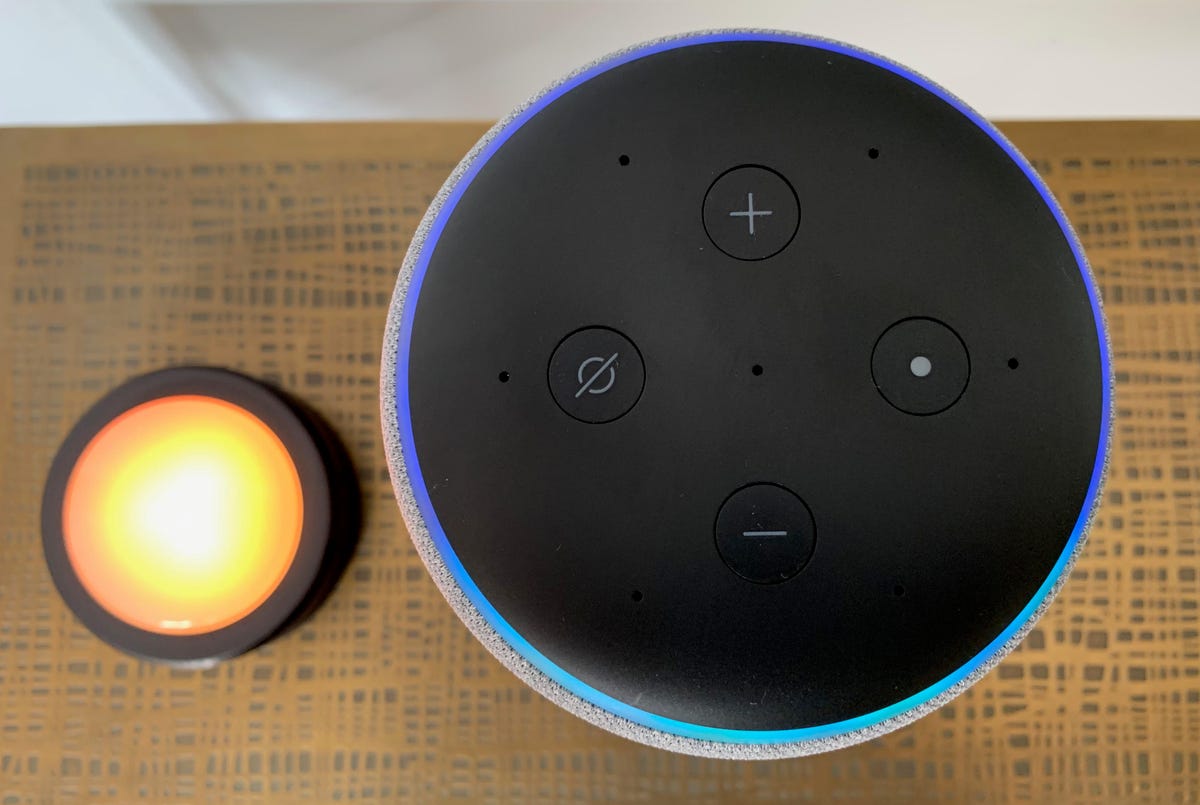

Home Automation Appliances
What Are The Buttons On Alexa
Published: December 31, 2023
Discover the functions of the buttons on Alexa for seamless control of your home automation appliances. Explore the convenience of managing your smart devices effortlessly. Unlock the potential of home automation with Alexa.
(Many of the links in this article redirect to a specific reviewed product. Your purchase of these products through affiliate links helps to generate commission for Storables.com, at no extra cost. Learn more)
Introduction
Amazon’s Alexa is a popular voice-controlled virtual assistant that has become a ubiquitous presence in many households. This innovative device offers a wide range of functionalities, from playing music and providing weather updates to controlling smart home devices and answering questions. The physical interface of Alexa includes several buttons and indicators that play a crucial role in its operation and user interaction. Understanding the purpose of each button is essential for effectively utilizing the capabilities of this intelligent device. In this article, we will delve into the various buttons on Alexa, shedding light on their functions and how they contribute to the overall user experience.
Key Takeaways:
- Alexa’s buttons and indicators, like the power and action buttons, help users control the device and interact with Alexa. They make it easy to use and understand how Alexa works.
- The microphone off button and volume buttons give users control over privacy and audio output. The light ring provides visual feedback, making the interaction with Alexa engaging and informative.
Read more: What Are The Buttons On Alexa Echo Dot
Power Button
The power button on an Alexa device serves as a vital control element, allowing users to turn the device on or off with a simple press. When the device is powered off, pressing the power button initiates the boot-up process, enabling Alexa to become operational. Conversely, pressing the power button when the device is powered on triggers the shutdown sequence, effectively powering down the device.
It’s important to note that while the power button provides a convenient means of controlling the device’s power status, Alexa is primarily designed to remain in an “always-on” state, ready to respond to voice commands and perform tasks at a moment’s notice. As such, the power button is typically used for specific scenarios, such as restarting the device or troubleshooting connectivity issues.
Additionally, for Alexa devices that are equipped with a screen, such as the Echo Show, the power button may also serve to control the display, allowing users to turn the screen on or off independently from the device’s overall power state.
Action Button
The action button, also known as the “Alexa button,” is a prominent feature on Alexa-enabled devices. This button serves as a direct means of activating Alexa’s voice recognition capabilities. When users press the action button, Alexa becomes attentive and ready to process voice commands. This user-initiated activation is particularly useful in environments with background noise or when privacy concerns necessitate manual control over when Alexa is actively listening.
Pressing the action button prompts the device to illuminate the familiar blue ring, indicating that Alexa is ready to receive and respond to voice input. This visual cue provides users with immediate feedback, confirming that their voice commands will be recognized and processed by the virtual assistant.
Moreover, the action button can be utilized to interact with Alexa without using the wake word, “Alexa.” This feature is especially beneficial in situations where speaking the wake word may be impractical or disruptive, allowing users to engage with Alexa seamlessly through manual activation.
While the primary function of the action button is to initiate voice interactions with Alexa, its versatility extends to other functionalities, such as silencing alarms or timers, muting audio playback, and managing communication features, including dropping in on other Alexa devices within the household.
Microphone Off Button
The microphone off button, a key privacy feature on Alexa devices, empowers users to exercise control over the device’s listening capabilities. When the microphone off button is engaged, it physically disconnects the device’s microphones, rendering Alexa unable to detect or respond to voice commands. This deliberate disengagement of the microphones provides users with peace of mind, assuring them that Alexa is not actively listening or monitoring audio input.
Activating the microphone off button is a straightforward process, typically accomplished by pressing the dedicated button located on the device. Upon activation, the device may emit a visual indicator, such as a red ring or LED, signaling that the microphones are deactivated. This visual cue serves as a clear indication that Alexa is temporarily unable to detect voice commands or audio input.
It’s important to note that while the microphone off button effectively disables the device’s listening capabilities, certain features and functionalities, such as manual control buttons, alarms, and timers, may still be accessible and operable even when the microphones are deactivated. This ensures that users can continue to interact with the device for non-voice-related tasks while maintaining control over their privacy.
The microphone off button reflects Amazon’s commitment to prioritizing user privacy and control, offering a tangible and intuitive means for users to manage the device’s listening mode according to their preferences and comfort levels. This feature underscores the importance of empowering users to make informed choices regarding their interactions with voice-enabled technologies.
To activate Alexa, press the microphone button on the top. The action button is used to activate different features like setting alarms or controlling smart home devices. The volume buttons control the speaker’s volume.
Volume Buttons
The volume buttons on Alexa devices provide users with direct control over the device’s audio output, allowing for seamless adjustment of the volume level to suit individual preferences and environmental conditions. Typically comprising “+” and “-” symbols, these tactile buttons enable users to increase or decrease the device’s audio output with precision and convenience.
By pressing the volume up button (“+”), users can incrementally raise the device’s volume, enhancing the clarity and audibility of Alexa’s responses, music playback, and other audio content. Conversely, pressing the volume down button (“-”) reduces the audio output, providing users with the flexibility to adapt the device’s volume to their specific needs, whether it involves lowering the volume for a quieter ambiance or muting the device entirely.
Furthermore, the volume buttons on Alexa devices often feature tactile or audible feedback, such as clicks or beeps, to indicate the adjustment of the volume level. This feedback mechanism enhances the user experience, providing reassurance that the input has been registered and the volume has been modified accordingly.
Moreover, Alexa devices equipped with screens may display on-screen indicators or visual feedback, such as volume bars or level adjustments, to complement the physical interaction with the volume buttons, offering users a comprehensive and intuitive means of monitoring and controlling the device’s audio output.
The presence of dedicated volume buttons underscores the user-centric design of Alexa devices, prioritizing user convenience and accessibility. Whether adjusting the volume for voice responses, music playback, or alarms, the volume buttons empower users to tailor the auditory experience to their liking, fostering a more personalized and engaging interaction with Alexa.
Read more: Where Is The Action Button On Alexa
Light Ring
The light ring on Alexa devices serves as a multifunctional visual indicator, offering valuable feedback and information to users through its dynamic illumination patterns and colors. Positioned around the top circumference of the device, the light ring is a distinctive feature that plays a pivotal role in conveying important status updates, notifications, and interaction cues.
One of the primary functions of the light ring is to provide a visual representation of Alexa’s responses and interactions. When users invoke Alexa with a voice command, the light ring illuminates in a distinct color, such as blue, indicating that the device is actively processing the input and preparing to deliver a response. This visual cue serves as a responsive and engaging feedback mechanism, reinforcing the interaction between the user and Alexa.
Additionally, the light ring is instrumental in signaling various status conditions and alerts. For instance, a spinning or pulsing yellow light may indicate a notification, message, or reminder, prompting users to check for important updates. Similarly, a red light accompanied by an auditory alert may signify an error or issue that requires attention, ensuring that users are promptly informed of any operational concerns.
Moreover, the light ring’s color and behavior may vary based on specific functionalities and modes. For example, adjusting the device’s volume may prompt the light ring to display a corresponding color or pattern, providing users with visual confirmation of the volume adjustment. Furthermore, the light ring may convey information related to network connectivity, device setup, and configuration, contributing to a more intuitive and informative user experience.
The versatility and visual prominence of the light ring underscore its significance as a fundamental element of the user interface, enhancing the accessibility and usability of Alexa devices. By leveraging dynamic lighting cues and patterns, the light ring enriches the interaction with Alexa, fostering a more engaging and responsive user experience.
Summary
Understanding the various buttons and indicators on Alexa devices is essential for harnessing the full potential of these innovative voice-controlled assistants. From the power button that governs the device’s operational state to the action button that activates Alexa’s voice recognition, each element contributes to a seamless and intuitive user experience.
The microphone off button empowers users to exercise control over the device’s listening capabilities, prioritizing privacy and providing peace of mind. Meanwhile, the volume buttons offer direct control over the device’s audio output, allowing users to tailor the auditory experience to their preferences and environmental conditions.
Central to the user interface, the light ring serves as a dynamic visual indicator, conveying important status updates, interaction cues, and notifications. Its responsiveness and versatility contribute to a more engaging and informative interaction with Alexa, enhancing the overall user experience.
By familiarizing oneself with these essential components, users can leverage the full range of functionalities offered by Alexa devices while enjoying a more personalized and intuitive interaction with this advanced virtual assistant.
Frequently Asked Questions about What Are The Buttons On Alexa
Was this page helpful?
At Storables.com, we guarantee accurate and reliable information. Our content, validated by Expert Board Contributors, is crafted following stringent Editorial Policies. We're committed to providing you with well-researched, expert-backed insights for all your informational needs.






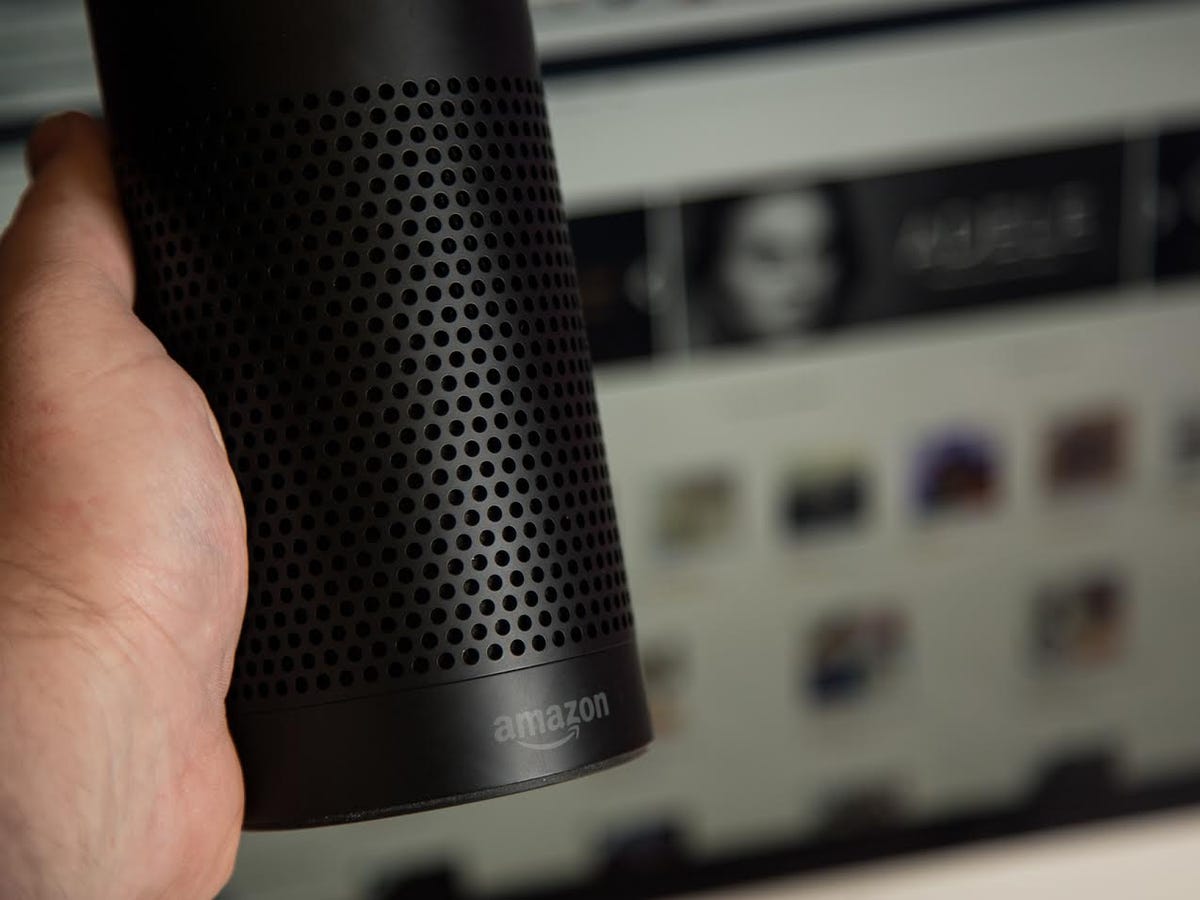
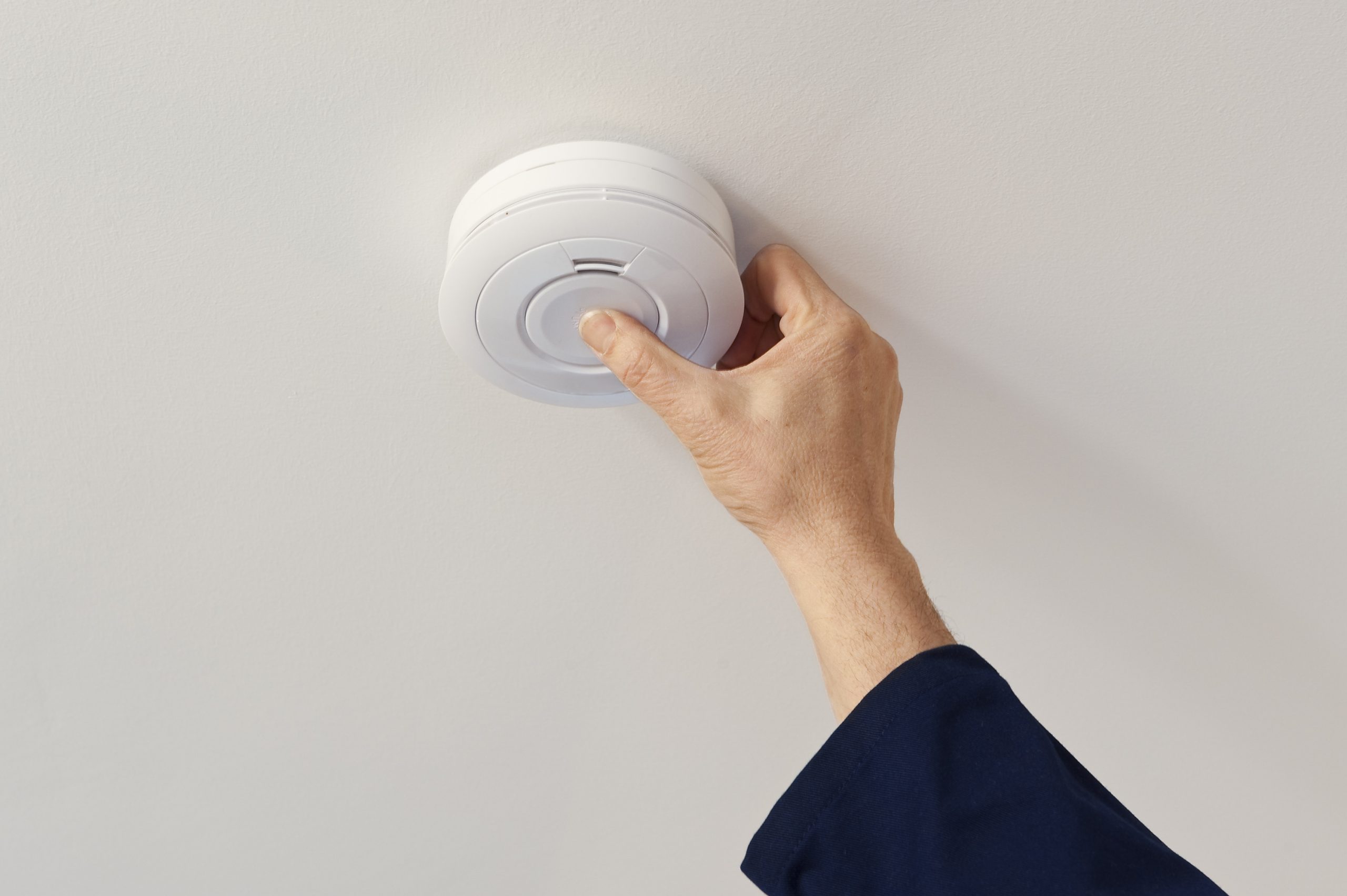

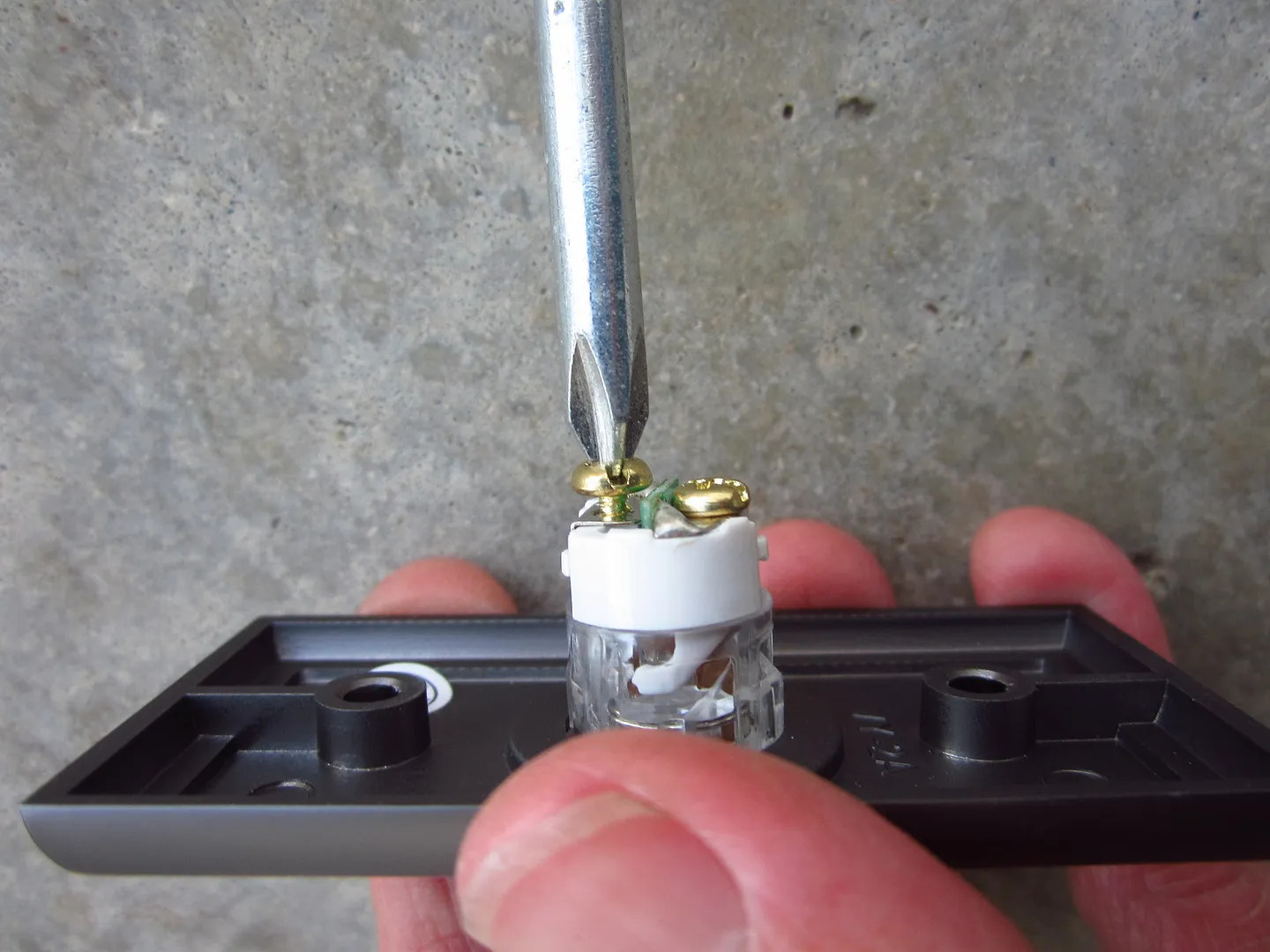

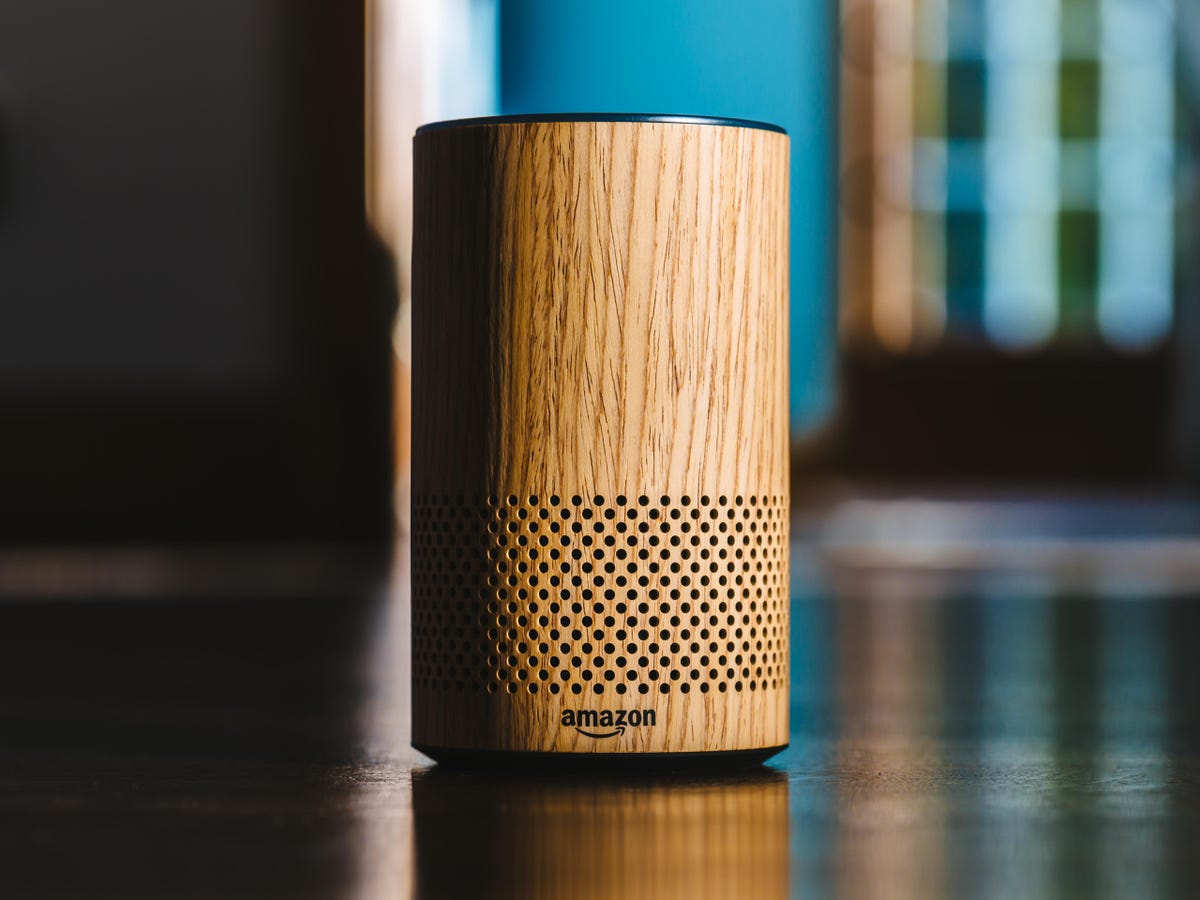
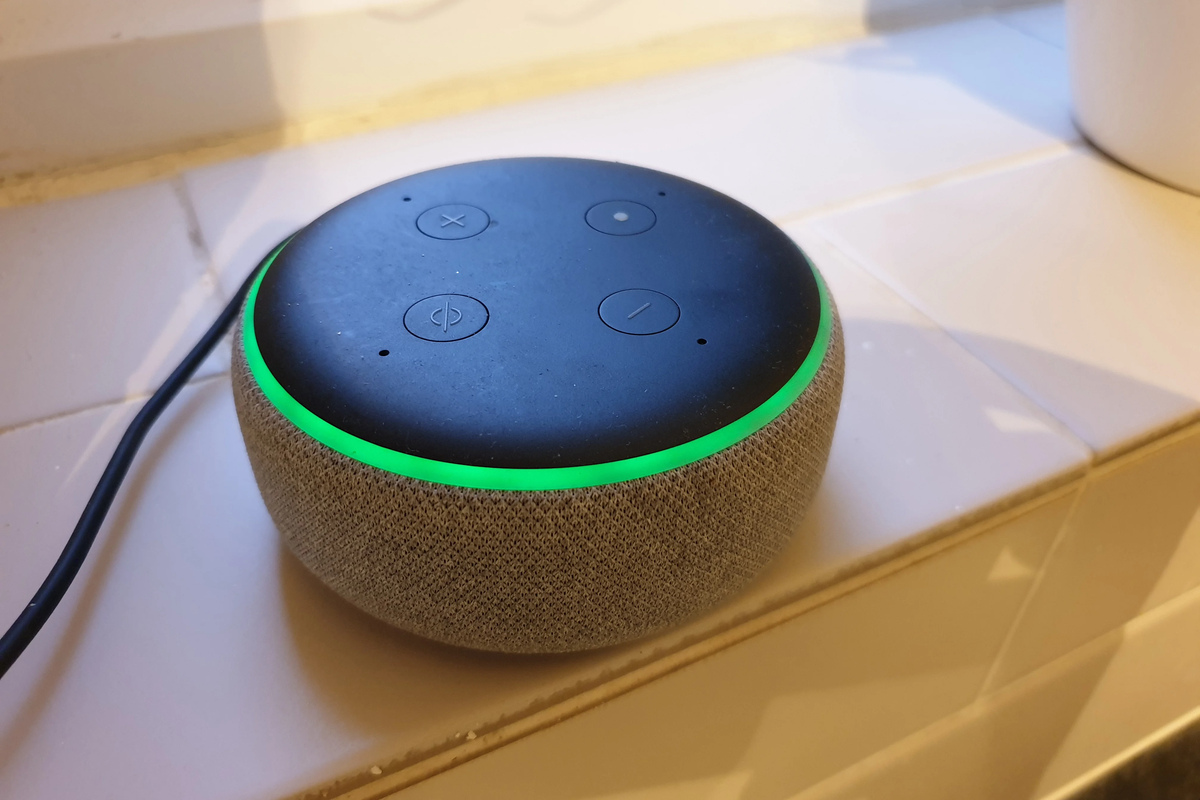
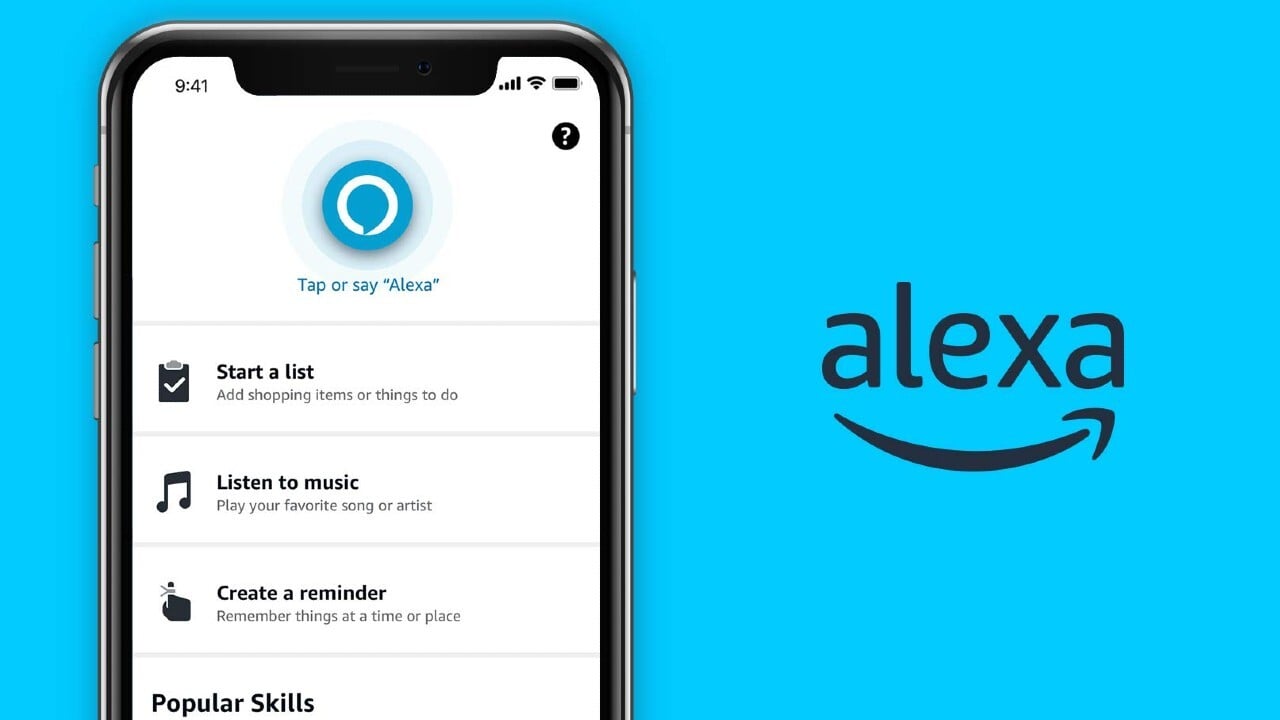

0 thoughts on “What Are The Buttons On Alexa”